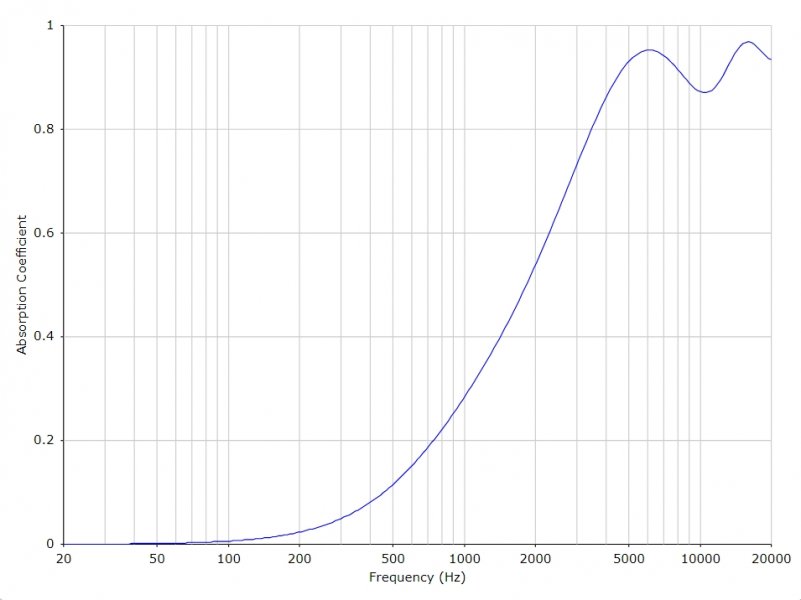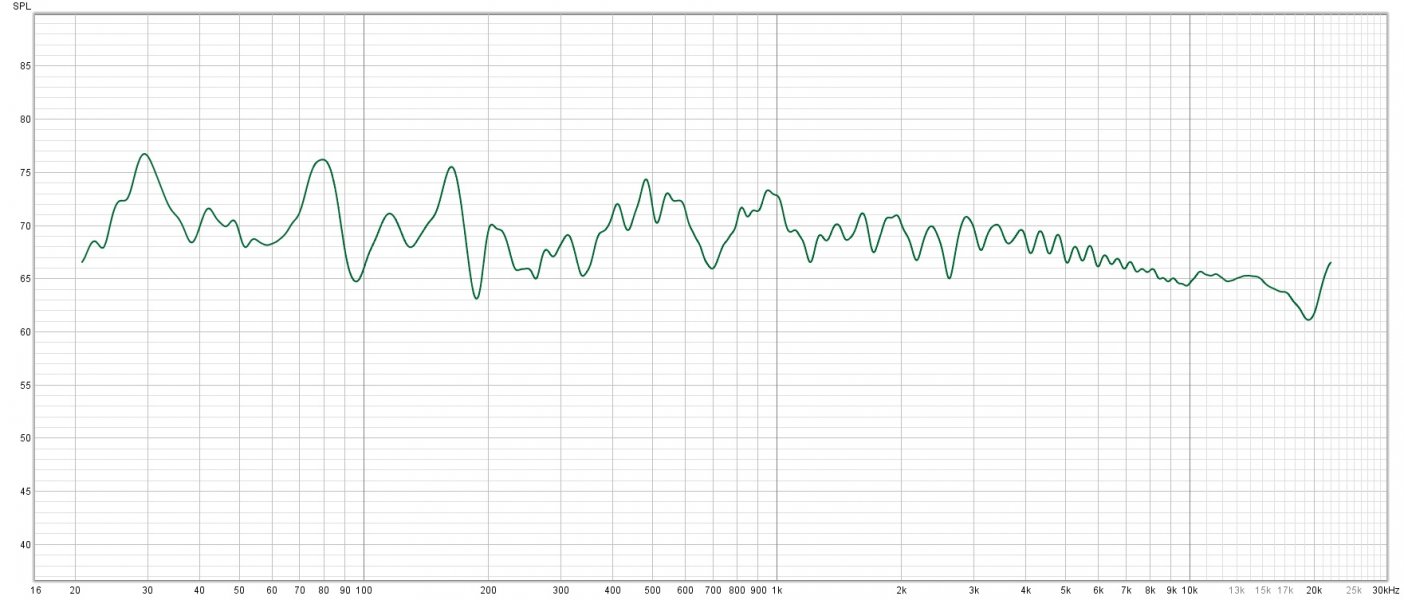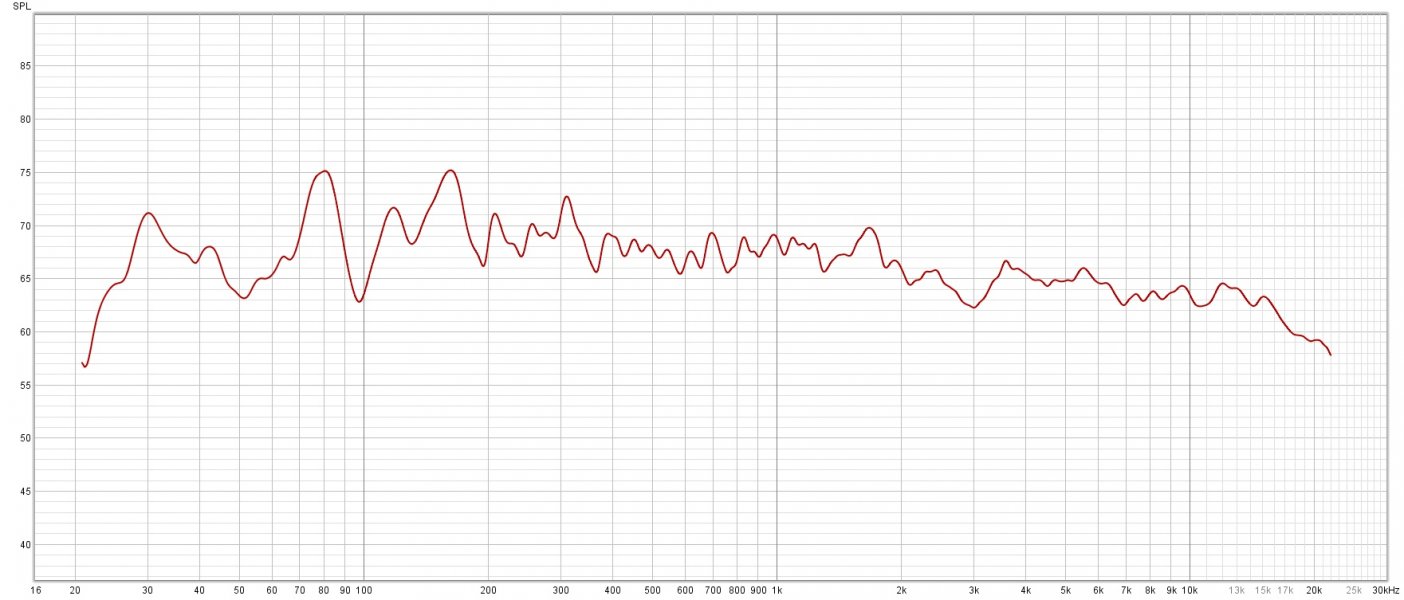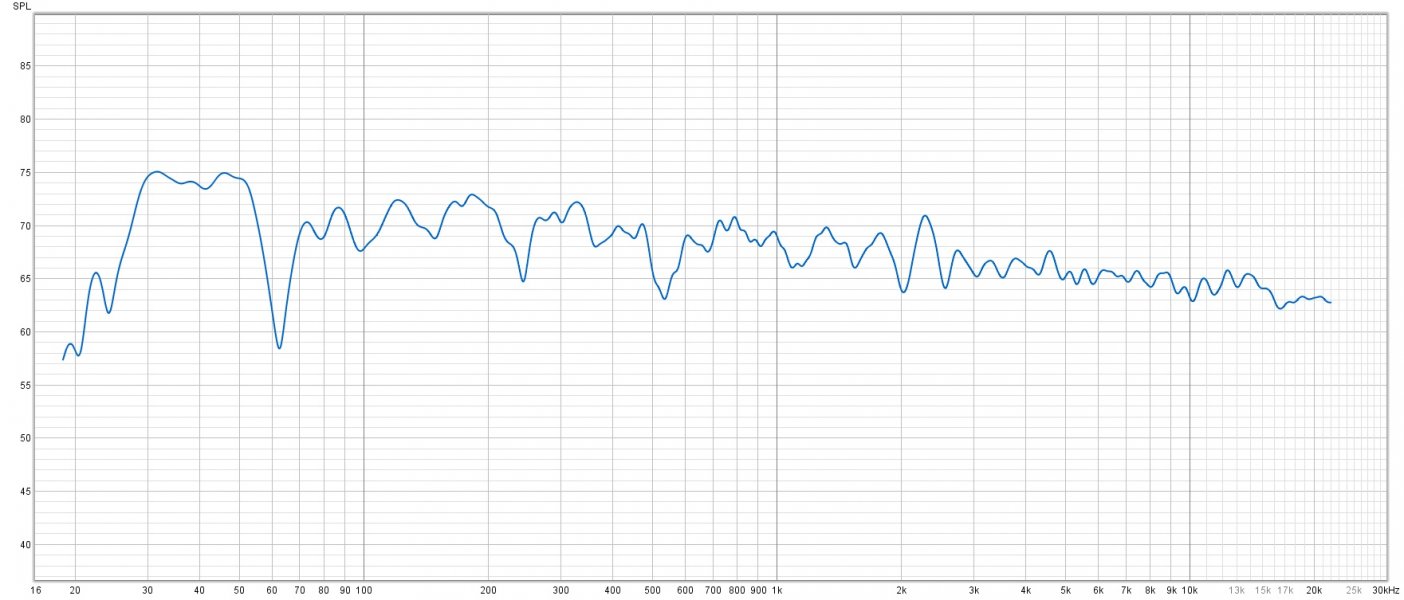On its face it sounds like an excellent idea. But why might you think that is an excellent idea? Without care or concern for the quality / resolution of the potential playback system used, isn't that a bit like saying my sports car running on 79 octane fuel performs better after they repave the street? Sure it may run better, but my sports car is still running on 79 octane fuel and all that goes with that.
The same questions apply to acousticsciences.com as above. Then we need to take into account Peter's questions above as well as perhaps another dozen or so questions before any such test tone comparisons have any valid meaning.
Moreover, since acousticsciences.com seemingly sells only acoustic treatments, I'd hardly call this little audio-only tone before / after test objective. Isn't it their hope that potential customers won't give matters much consideration? Besides, with all their supposed high-end audio installations, wouldn't it be clever for them to perform at least one before and after in-room video recordings at least once to demonstrate the improvements for us to watch/listen? Wouldn't that be a far better sales pitch?
I find it rather interesting how those (not saying you) who are so dogmatic about their stance on a given audio subject usually seem to be the same ones unwilling to offer up a recording to demonstrate / substantiate their points.
Is it possible for lower resolution playback systems with acoustic treatments / custom rooms to transport our listening perspectives to somewhere in the recording hall? That's the real argument of this thread, isn't it? Is it possible? Perhaps, but I doubt it as I've yet to hear it actually demonstrated. Yet, I think I'm able to demonstrate by my in-room videos with both superior and inferior recordings routinely that my listening perspective is anywhere but the listening room. If I am, I'm able to do so by ensuring much of the recording's ambient info remains audible at the speaker and secondarily by spending much time with speaker placement and subwoofer tuning. All of which require lot's of work. And if so, then why would I NEED any acoustic treatments for my room since I'm not even listening from there?
Again, the arugment is for/against room acoustic treatments as well as those who are aghast when somebody says they DON'T NEED room acoustic treatements and/or a custom room. IOW, how many times must one fly to the moon to prove it can be done?
If per chance I'm able to demonstrate this routinely, doesn't that imply the NEED is simply folkore? Can I enhance my listening pleasure with the addition of acoustic treatments? Perhaps. Have I or has anybody who ever visited (including reviewers) even once mentioned how the presentation might sound better if only I had room acoustic treatments? I'm still waiting for that one. But again, if, and it is so, my listening perspective has already been transported to somewhere / anywhere in the recording hall, who gives a rat's behind what's being done inside my room? The increased volumes of music info remaining audible at the speaker including volumes and volumes of the recording hall's ambient info have already completely overshadowed perhaps every last listening room acoustic anomaly. IOW, my room is gone.
IMO, acoustic treatments are not much more than a band-aid for potentially bleeding systems unable to keep great percentages of a recording's music info audible at the speaker. Not only does that seem to be what's happening but it seems quite logical too.
The sax starting around the 3:30 min mark should be of particular interest though you may hear a little breakup here or there. Several months ago I upgraded to an iPhone 12 pro and frankly it's been a pain to dial-in compared to my iPhone XR. I'm not quite sure what all Apple did but the iPhone 12 pro's sound fidelity / quality seems inferior to the older iPhone.





